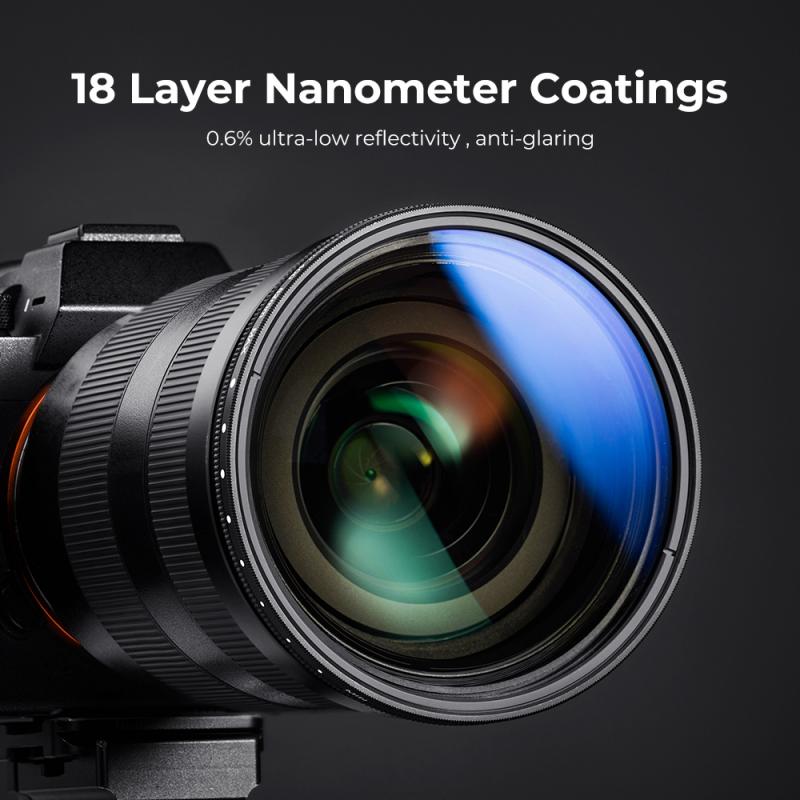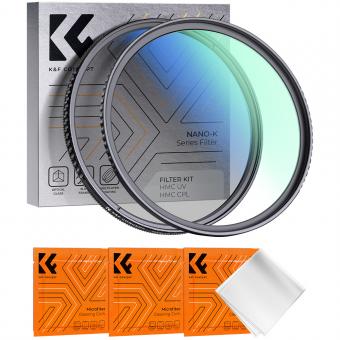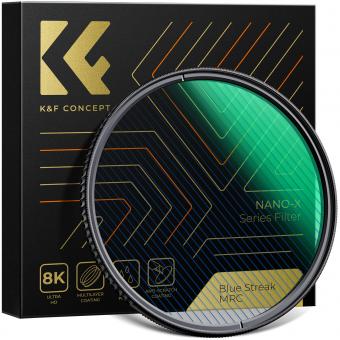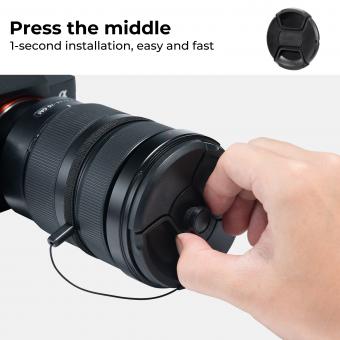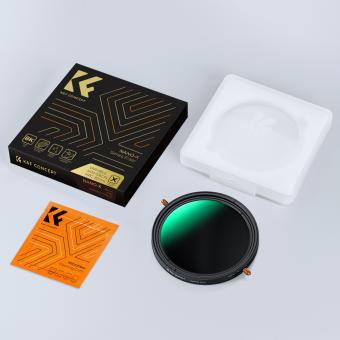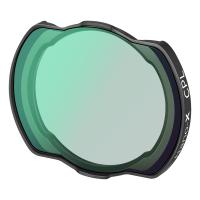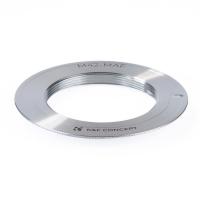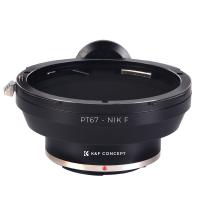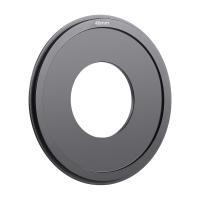Quora How Polarizer Filter Works ?
A polarizer filter works by blocking certain light waves that are oriented in a specific direction. It is made up of a material that has long, thin molecules aligned in a specific direction. When light waves pass through the filter, they interact with these molecules and are either absorbed or allowed to pass through, depending on their orientation. This results in a reduction of glare and reflections, as well as an increase in color saturation and contrast. Polarizer filters are commonly used in photography and videography to enhance the quality of images and reduce unwanted reflections.
1、 Polarization of Light
Quora: How does a polarizer filter work?
A polarizer filter is a device that allows only light waves that are oriented in a specific direction to pass through it. It works by selectively blocking light waves that are oscillating in all directions except for the one that is aligned with the filter's axis.
Polarization of light occurs when the electric field of a light wave oscillates in a specific direction. When light waves are reflected or scattered, they can become polarized in a specific direction. This polarization can be horizontal, vertical, or at any angle in between.
A polarizer filter is made up of a material that has long, thin molecules aligned in a specific direction. When light waves pass through the filter, the molecules in the filter absorb the waves that are oscillating in all directions except for the one that is aligned with the filter's axis. This allows only the polarized light waves that are aligned with the filter's axis to pass through.
The latest point of view on polarizer filters is that they are widely used in photography and cinematography to reduce glare and reflections, enhance color saturation, and improve contrast. They are also used in LCD screens, sunglasses, and other applications where polarized light is desired.
In conclusion, a polarizer filter works by selectively blocking light waves that are oscillating in all directions except for the one that is aligned with the filter's axis. This allows only the polarized light waves that are aligned with the filter's axis to pass through. Polarizer filters are widely used in various applications to reduce glare, enhance color saturation, and improve contrast.
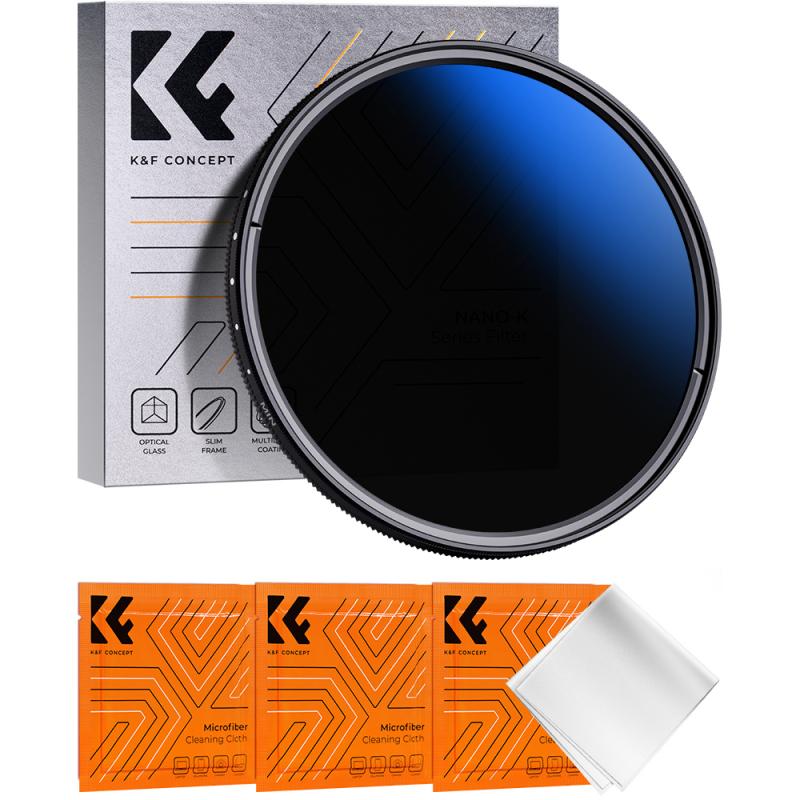
2、 Properties of Polarizer Filters
"Quora how polarizer filter works"
A polarizer filter is a type of optical filter that is used to reduce or eliminate glare and reflections from non-metallic surfaces such as water, glass, and foliage. It works by selectively blocking certain polarized light waves while allowing others to pass through.
Polarized light waves vibrate in a specific direction, and a polarizer filter is designed to only allow light waves that are vibrating in a certain direction to pass through. This is achieved by using a special material that has microscopic parallel lines or grids that act as a filter for the light waves.
When light waves pass through a polarizer filter, they are either absorbed or transmitted depending on their orientation. Light waves that are vibrating in the same direction as the filter's polarization axis are allowed to pass through, while those that are vibrating perpendicular to the polarization axis are blocked.
This selective filtering of light waves allows polarizer filters to reduce or eliminate glare and reflections from non-metallic surfaces. They are commonly used in photography, videography, and outdoor activities such as fishing and skiing.
Recent advancements in technology have led to the development of circular polarizer filters, which are designed to work with autofocus cameras and lenses. These filters use a quarter-wave plate to circularly polarize the light waves, allowing them to be used with autofocus systems without interfering with the camera's metering and autofocus sensors."
In addition, polarizer filters are also used in LCD screens to improve image quality and reduce glare. They are also used in scientific research to study the polarization of light and its interaction with matter.
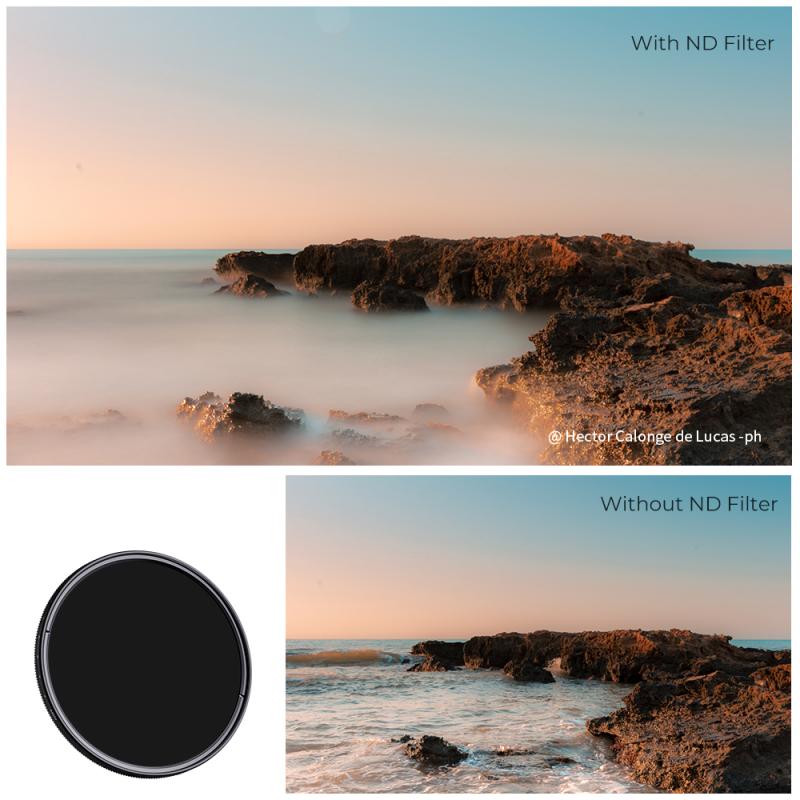
3、 Mechanism of Polarization by Polarizer Filters
"Mechanism of Polarization by Polarizer Filters" is a process by which polarizer filters selectively transmit light waves that are polarized in a specific direction while blocking those that are polarized in other directions. This is achieved through the use of a special material that contains long-chain molecules aligned in a specific direction. When light waves pass through this material, they interact with the aligned molecules and become polarized in the same direction. The polarized light waves that match the alignment of the material are then transmitted through the filter, while those that are perpendicular to the alignment are blocked.
The mechanism of polarization by polarizer filters has a wide range of applications in various fields, including photography, optics, and electronics. Polarizer filters are commonly used in photography to reduce glare and reflections from surfaces such as water, glass, and metal. They are also used in LCD screens to control the amount of light that passes through the screen and to improve the contrast and color accuracy of the display.
Recent research has focused on developing new types of polarizer filters that are more efficient and versatile. One such development is the use of metasurfaces, which are artificial materials that can manipulate the polarization of light waves at the nanoscale level. Metasurfaces have the potential to revolutionize the field of optics by enabling the creation of ultra-thin and lightweight polarizer filters that can be integrated into a wide range of devices.
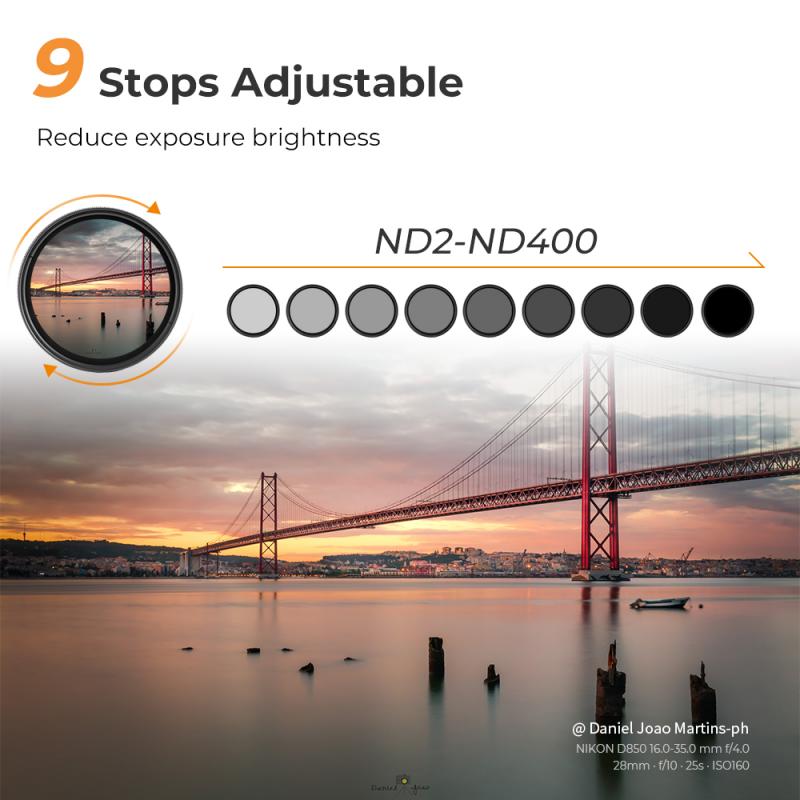
4、 Types of Polarizer Filters
Quora: How Polarizer Filter Works
A polarizer filter is a type of optical filter that is used to reduce or eliminate glare and reflections from non-metallic surfaces such as water, glass, and foliage. It works by selectively blocking certain polarized light waves while allowing others to pass through.
The filter is made up of a layer of polarizing material that is sandwiched between two layers of glass or plastic. The polarizing material is usually made up of long-chain polymer molecules that are aligned in a specific direction. When light waves pass through the filter, they are either absorbed or transmitted depending on their polarization.
The filter is rotated until the desired effect is achieved. When the filter is rotated to its maximum effect, it will block all light waves that are polarized perpendicular to the direction of the filter. This results in a significant reduction in glare and reflections from non-metallic surfaces.
There are two main types of polarizer filters: linear and circular. Linear polarizers are the most common type and are used in photography, video production, and other applications where the polarization of light is important. Circular polarizers are used in applications where the polarization of light is less important, such as in LCD displays and other electronic devices.
In recent years, there has been a growing interest in the use of polarizer filters in virtual and augmented reality applications. These filters can help to reduce eye strain and improve the overall visual experience for users. As technology continues to advance, it is likely that we will see even more innovative uses for polarizer filters in the future.
